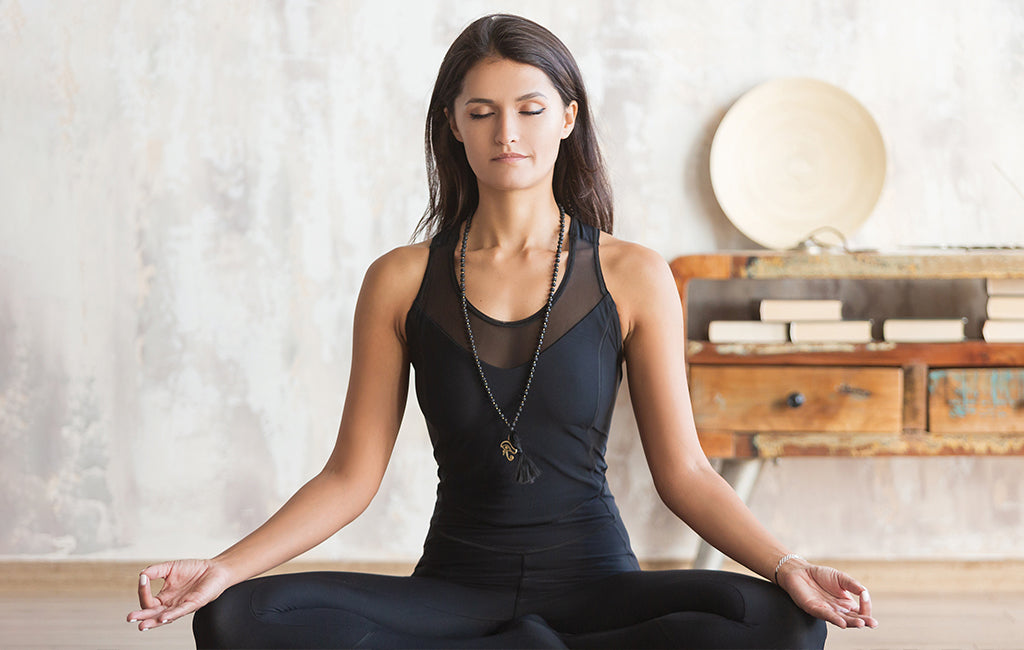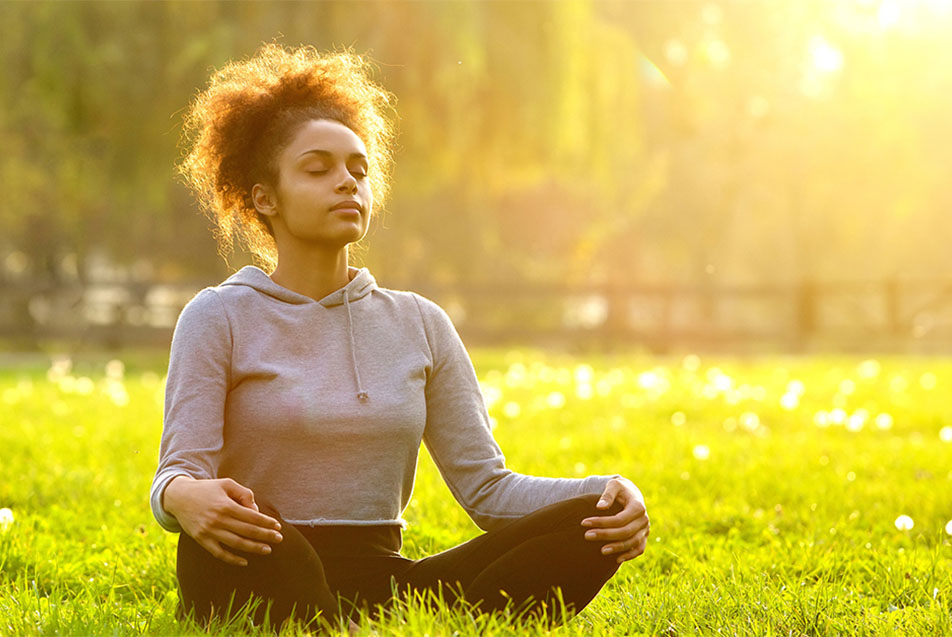Just How to Meditate: A Detailed Approach to Getting Mindfulness and Tranquility
Meditation works as a powerful tool for attaining mindfulness and emotional calmness in a busy world. By comprehending the basic principles and methods associated with meditation, individuals can grow a technique that enhances their general health. This conversation will detail important actions, from creating a favorable setting to incorporating meditation into day-to-day routines. As we explore these elements, it comes to be clear that the journey to mindfulness is not merely regarding the act of resting in silence, yet rather about promoting a much deeper link with oneself and the globe around us. What might this transformation entail?
Understanding Meditation
Understanding meditation involves comprehending its essential principles and methods, which work as the foundation for the practice. At its core, meditation is a mental exercise focused on promoting relaxation, building internal power, and developing compassion and insight. The method motivates individuals to focus their attention, frequently through techniques such as deep breathing, visualization, or mantra repeating.
Meditation can be classified right into numerous designs, consisting of mindfulness, transcendental, and loving-kindness meditation, each with distinct objectives and techniques. Mindfulness reflection highlights present-moment awareness and non-judgmental observation of ideas and feelings, while copyright involves the usage of certain rules to transcend ordinary idea processes. Loving-kindness meditation concentrates on establishing an attitude of love and concern towards oneself and others.
No matter the strategy utilized, the key objective remains regular: to cultivate a much deeper understanding of the mind and its patterns. This self-awareness promotes emotional strength, clarity of idea, and a profound feeling of calmness (How to meditate?). By understanding these strategies and principles, people lay the groundwork for an effective meditation technique that can substantially enhance their total well-being
Planning For Your Practice
Prior to beginning your reflection practice, it is important to create an atmosphere for focus and leisure. Select a quiet area where you are not likely to be disrupted. This might be an edge of a room, a yard, or any place that evokes a feeling of peace. Guarantee that the location is cost-free and clean of clutter, as a clean environment can help remove the mind.
Think about the lights, as all-natural light can enhance your state of mind and power. Soft, cozy lights is often much more relaxing than harsh fluorescent lights. Additionally, select a comfortable temperature level, making certain that you are neither also warm neither too chilly.
Integrating elements that promote peace can better boost your experience. This may consist of soft paddings or coverings for convenience, as well as relaxing fragrances from essential oils or incense. It can also be valuable to have actually a timer established for your meditation session to stop diversions from clock-watching.
Standard Meditation Techniques

Another reliable method is body check reflection. This includes emotionally checking your body from head to toe, seeing any locations of stress or discomfort and purposely unwinding those muscle mass. This method promotes a deeper link between your body and mind.

Finally, loving-kindness reflection concentrates on cultivating concern in the direction of on your own and others. Calmly repeat expressions of goodwill, boosting psychological health and interconnectedness. Each of these methods functions as a structure for your reflection trip, allowing you to find the method that resonates finest with your personal practice.
Preserving Emphasis and Mindfulness

Developing a dedicated reflection area can boost useful link the capability to maintain mindfulness. A quiet, clean setting decreases diversions, enabling for deeper immersion in the method. In addition, establishing a time frame can aid take care of expectations; beginning with shorter sessions might reduce the shift right into longer practices.
Making use of techniques such look at this site as body scanning or observing sensations can also bolster mindfulness. These approaches urge specialists to stay existing and engaged with their physicality, anchoring their attention in the moment. Normal practice is necessary; the brain develops durability with time, developing a more powerful ability for emphasis.
Incorporating Meditation Into Day-to-day Live
Integrating reflection right into day-to-day live can change regular tasks right into opportunities for mindfulness and self-reflection. By integrating mindfulness methods into common tasks, individuals can cultivate a higher sense of presence and tranquility amidst the numerous hours of day-to-day life.
Begin by recognizing minutes throughout your day where you can pause and exercise mindfulness. As an example, during your early morning commute, emphasis on your breath or the sensations of the environment around you. In the kitchen area, method food preparation as a reflective practice, savoring the appearances, shades, and scents of the active ingredients. Even mundane tasks like washing recipes or strolling can become opportunities for meditation by guiding your focus to the experiences of motion and the sounds surrounding you.
In addition, setting aside dedicated times for meditation can reinforce its practice. Beginning with brief sessions, progressively raising duration as you come to be a lot more comfortable. Use reminders or hints-- like a particular time of day or a relaxing sound-- to establish consistency.
Eventually, the goal is to weave mindfulness right into the textile of daily life, enabling you to come close to each moment with purpose, thereby improving your overall sense of health and clarity.
Final Thought
Finally, reliable reflection requires a silent setting, a comfortable placement, and an emphasis on the breath. By permitting ideas to arise without judgment and continually redirecting attention to the breath, practitioners can attain boosted mindfulness and harmony. Incorporating different techniques, such as body scanning and loving-kindness phrases, can even more enrich the practice. Normal meditation, even in short sessions, cultivates a my review here much deeper connection to today minute, ultimately causing greater calmness and psychological quality in everyday life.
Meditation can be categorized into various designs, consisting of mindfulness, transcendental, and loving-kindness reflection, each with distinctive purposes and techniques. Mindfulness meditation stresses present-moment awareness and non-judgmental observation of sensations and ideas, while transcendental reflection involves the use of certain concepts to go beyond ordinary thought processes.With your meditation space prepared, it's time to check out various basic meditation methods that can help grow mindfulness and internal tranquility.Continually preserving focus and mindfulness during meditation can be difficult, especially for those new to the practice.Developing a dedicated reflection space can enhance the capacity to keep mindfulness.